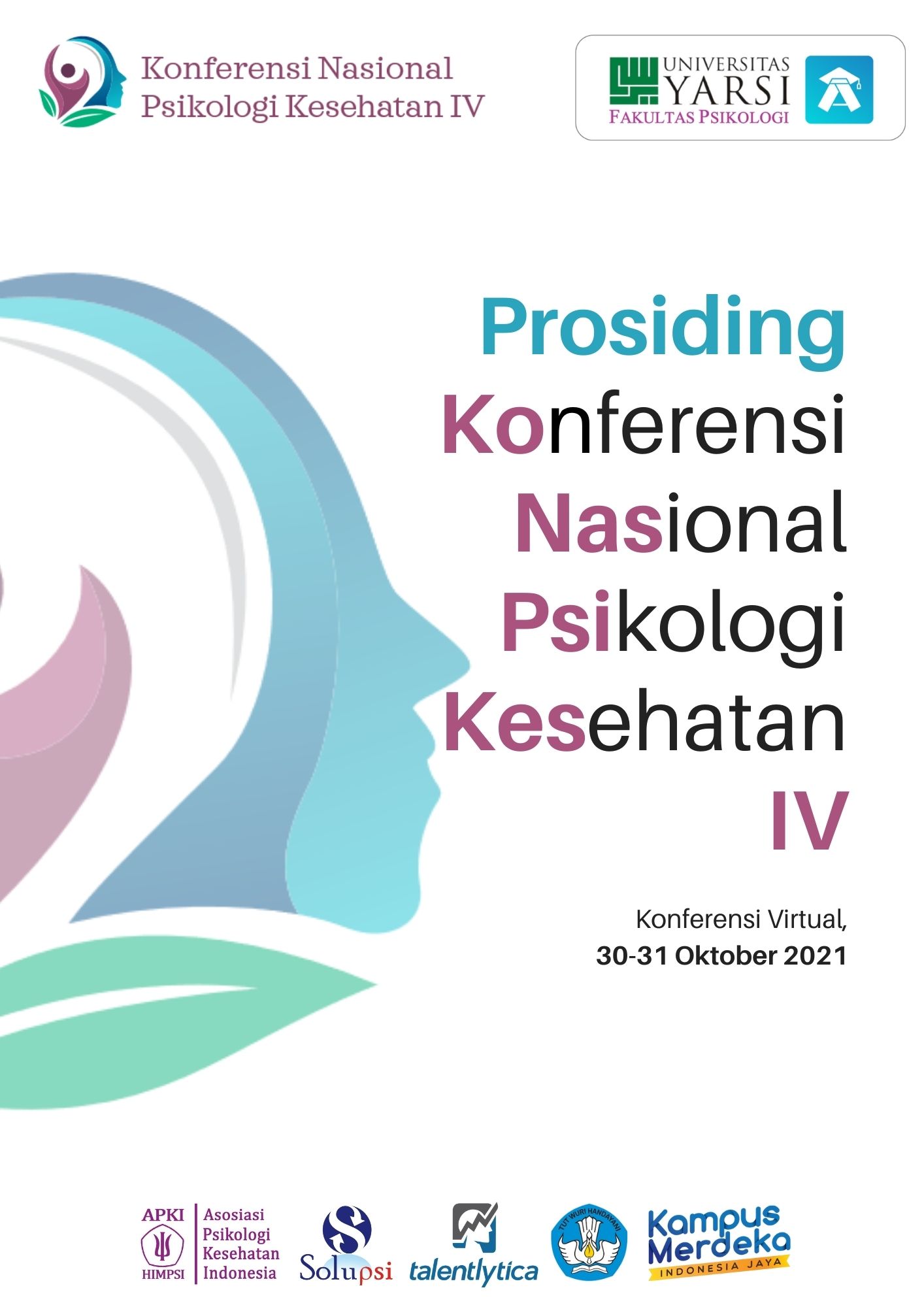Pengaruh Computer Anxiety Guru Sekolah Dasar Dalam Proses E-Learning di Masa Pandemi Covid 19
Abstract
The COVID-19 pandemic has had a tremendous impact on the learning process in Indonesia which has resulted in the teaching and learning process having to be carried out online. Teachers in schools are faced with changing learning models, from face-to-face learning to online learning. The readiness of each teacher in dealing with this situation is not easy, they are expected to be able to quickly adapt to this pandemic situation, including in the expertise of teachers using Science Technology in learning. Computers are an important device used by teachers in carrying out the learning process, but in reality there are still teachers who are less computer literate. An elementary school teacher feels uncomfortable when teaching online, the subject often feels nervous and anxious when teaching using a computer and a zoom application. This research is qualitative phenomenological research that describes the meaning of the experience of a number of individuals about the phenomenon that is happening. From the results of observations and interviews, it was found that the subjects experienced computer anxiety in online learning. Computer anxiety that occurs in the subject is due to the teaching and learning process which during the pandemic turned into online learning. And the results of the interview revealed that the subject experienced computer anxiety because he felt he could not master IT, as evidenced by the subject's statement that he felt anxious, afraid to use computers while teaching.
References
Allen, Michael. 2013. Michael Allen’s Guide to E-learning. Canada : John Wiley & Sons
Arikunto, S. (2013). Prosedur Penelitian: Suatu Pendekatan Praktik. Jakarta: Rineka Cipta.
Beckers, J. J., & H. G. Schmidt, 2001. The Strucure of Komputer Anxiety A Six Factor Model.Computers in Human Behavior.Vol 17(1). P 35-49.
Chandrawati, Sri Rahayu. 2010. Pemanfaatan E-Learning dalam 2 Vol. 8. http://jurnal.untan.ac.id/
Cherrington, D.J. 1994. Organizational Behaviour. Second Edition. Allyn & Bacon.
Creswell, J. W. (2013). Research Design: Qualitative, Quantitative, and Mixed Methods Approaches. Research design Qualitative quantitative and mixed methods approaches. Thousand Oaks, California: SAGE Publications, Inc. https://doi.org/10.1007/s13398-014-0173-7.2
Igbaria, Magid & Saroj Parasuraman. 1989. A Path Analytic Stady OfIndividual Charactristic, and Attitudes foward Microcomputers. Journal of Management Vol. 5 No. 3 pg. 373 – 388.
Kaelan. 2010. Metode Penelitian Agama Kualitatif Interdisipliner. Yogyakarta: Paradigma.
Manzilati, A. (2017). Metodologi Penelitian Kualitatif Paradigma, Metode, dan Aplikasi. Malang: UB Press.
Moedzaki, M. Djauzi. 2010. Desain Dan Model Penelitian Kualitatif. Malang: Universitas Negeri Malang
Moleong, Lexy J. 2001. Metodologi Penelitian Kualitatif. Bandung: Raja Rasda Karya. ---------------------. 2009. Metodologi Penelitian Kualitatif. Bandung: PT. Remaja Rosda Karya.
Ragu-Nathan, T. S., Tarafdar, Monideepa., Ragu-Nathan, Bhanu. S. 2008. The Consequences of Technostress for End Users in Organizations: Conceptual Development and Empirical Validation. Information System Research. 19 (4) : 417-433.
Rustiana. 2005. Computer Anxiety dan Keahlian End User Computing dalam Penggunaan Teknologi Informasi. Kinerja. 9 (1): 42-53. Sugiyono. 2013. Metode Penelitian Kuantitatif Kualitatif dan R & D. Bandung : Alfabeta.
Saade, Raafat George & Dennis Kira. 2009. Computer Anxiety in E-Learning: The Effect of Computr Self-Efficacy. Journal of Information Technology Education.Volume 8
Tarafdar, Monideepa., Tu, Qiang., RaguNathan, Bhanu, S., and Ragu-Nathan, T. S. 2007. The Impact of Technostress on Role Stress and Productivity. Journal of Management Information Systems. 24 (1): 301-328.
Yusuf, A. M. (2014). Kuantitatif, Kualitatif, & Penelitian Gabungan. Jakarta: Kencana.
Downloads
Published
Issue
Section
License
Copyright (c) 2022 Mega Putri Wijayanti

This work is licensed under a Creative Commons Attribution-NonCommercial-ShareAlike 4.0 International License.

 Mega Putri Wijayanti
Mega Putri Wijayanti
 Magister Psikologi Sains Fakultas Psikologi Universitas Surabaya
Magister Psikologi Sains Fakultas Psikologi Universitas Surabaya



